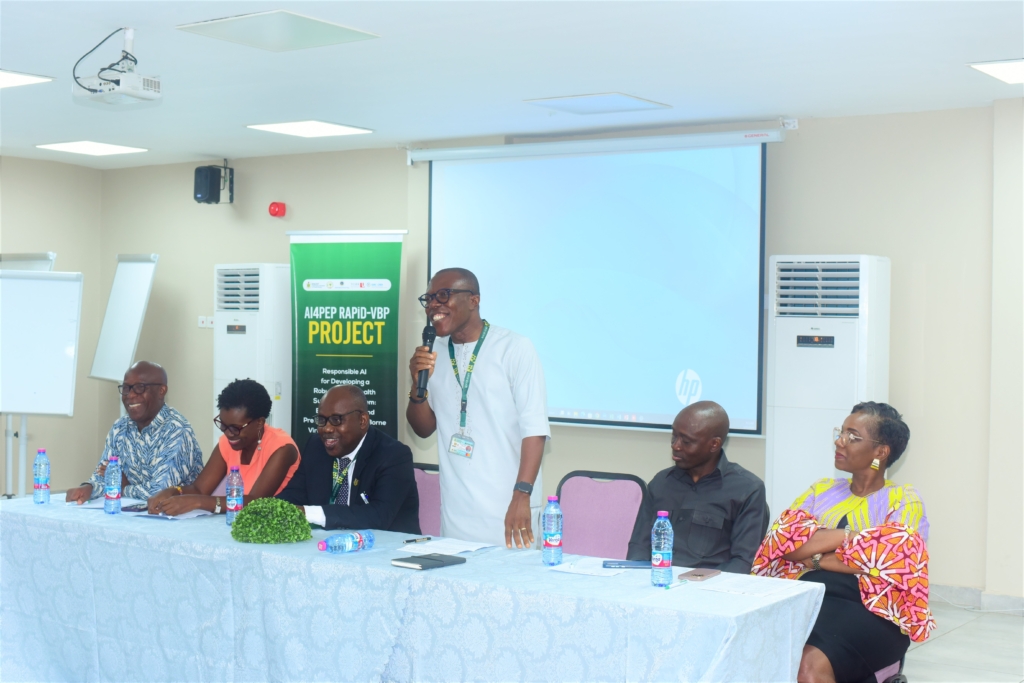
King Charles and Queen Camilla have been crowned on a historic day of pageantry, capped by cheering by crowds in front of Buckingham Palace.
Thousands packed the Mall despite the rain, after a deeply religious Coronation service at Westminster Abbey and a huge procession through London.
The King and Queen waved from the Palace balcony as the RAF Red Arrows painted the sky red, white and blue.
But the BBC understands Prince Harry was not invited to join them.
The Duke of Sussex had been at the ceremony in the abbey earlier, sitting two rows back from his brother Prince William – the first time they had been seen together since Harry’s sensational memoir, Spare, was released. He left for the US straight afterwards.
The King’s day began shortly after 10:00 BST, with the procession to Westminster Abbey in the horse-drawn Diamond Jubilee State Coach, past cheering crowds and an honour guard of 1,000 members of the armed forces.

Faith leaders and commonwealth leaders began the processions, with the King and Queen following behind.
The two-hour ceremony – the first to crown a monarch in 70 years – was watched on TV around the world, as well as some 2,300 people inside the abbey.
After the crown was placed on Charles’s head cries of “God Save the King” were heard inside and outside, and gun salutes were made across the UK.
Celebrity guests were among those inside Westminster Abbey – including actress Emma Thompson and US singer Katy Perry.
US First Lady Jill Biden and her granddaughter Finnegan arrived in a three-car motorcade, although President Biden did not travel to the UK. French President Emmanuel Macron and First Lady of Ukraine Olena Zelenska were also in the abbey, as were Prime Minister Rishi Sunak and leaders of the Commonwealth countries.
In all, 90 heads of state attended, the Foreign Office said.
The Coronation’s main theme was the importance of service.
“I come not to be served, but to serve,” the King said in his first prayer after reaching the abbey.
Charles was proclaimed as the “undoubted King” in the first stage of the ceremony. The congregation was then asked to show their homage and service, shouting “God Save the King”.
Yet among the music and oaths, there were moments of complete silence as each stage of the ancient ceremony finished.
Traditions rarely seen elsewhere in modern life were maintained – such as the inclusion of the orb and sceptre and the carrying of the gilded Sword of State.
In the most sacred part of the service, the King was shielded from public view by anointing screens while choristers sang Handel’s Zadok the Priest – performed at every coronation since 1727.
Prince William also made a pledge of loyalty to King Charles, and kissed him on the cheek, before members of the congregation were invited to offer their own support.
Returning to the Palace, it was a spectacle of pomp and pageantry as the newly crowned King and Queen travelled up The Mall in the Gold State Coach flanked by thousands of servicemen and women.
In total, 4,000 armed forces personnel and 19 military bands took part – making it the biggest state occasion since the coronation of the late Queen in 1953.
Despite the very English weather – constant rain – there was a celebratory atmosphere on The Mall, with periodic Mexican waves and police officers being cheered.
Among the thousands of spectators, many of whom camped overnight for the best viewing spot, was Alexandra Hornyak, 57, from Montreal, Canada.
“I’ve known for years that I would want to attend this day, and the day that it was announced, I was driving to the office, and my husband just called me and said ‘May 6’,” she told the BBC.
“I knew exactly what it was. And I jumped on the phone to get a hotel reservation and we went from there.”



While the vast majority of the assembled crowd came out to cheer the King, there was also a sizeable protest from Republic, the group campaigning to abolish the monarchy and replace it with an elected head of state, and others.
Around six protesters, who were unloading a van of placards, were arrested. In total, the Metropolitan Police said it arrested 52 people for affray, public order offences, breach of the peace and conspiracy to cause a public nuisance around the Coronation.
Acknowledging concerns about the arrests, Commander Karen Findlay defended Scotland Yard’s actions, saying: “Our duty is to do so in a proportionate manner in line with relevant legislation.”
Anti-monarchy groups had defended their right to protest, but the police warned that “tolerance for any disruption, whether through protest or otherwise, will be low”.
“The reports of people being arrested for peacefully protesting the coronation are incredibly alarming”, said Human Rights Watch UK director Yasmine Ahmed.
Human rights campaigner Peter Tatchell, who joined the protesters, accused the police of erecting giant barriers to obscure anti-monarchy banners.
“Right to freely protest suppressed. Shame!” he said.
The Metropolitan Police had 11,500 officers on duty in what it said would be its biggest ever single-day deployment.
The Coronation did not formally change the King’s status. Charles became King of the United Kingdom and 14 other realms in September, when his mother Queen Elizabeth II died after 70 years on the throne.
Since then, months of intense planning went into the celebrations – the 40th coronation to take place at Westminster Abbey since 1066.
This time, the ceremony emphasised diversity and inclusion, with more multi-faith elements than any previous coronation, with contributions from Jewish, Muslim, Buddhist and Sikh representatives.
A Bible lesson was read by Prime Minister Rishi Sunak, who is Hindu, and music was sung in Welsh, Scottish Gaelic and Irish.



What else happened around the UK on Coronation day?








